Armistice and Remembrance, 1918 to 2018: Part I
This Sunday, the 11th of November 2018, marks the 100th anniversary of the armistice which ended the First World War in Western Europe. Previous posts on Echoes have looked at some of surviving original letters, diaries, postcards and photographs from the First World War. In this two part post we highlight reactions to the end of the War and how it has been remembered since in St Andrews and East Fife.
In 1918, after weeks of diplomatic negotiations, an armistice between the Allies and Germany was agreed at 5am and signed at 11am (Paris time) – “the eleventh hour of the eleventh day of the eleventh month”. In the St Andrews Citizen of the 16th of November 1918, the reaction to the news was reported
[…] As soon as all doubt in the matter was set at rest the streets in a very short time were gay with the national colours. Union Jacks were floating above the Town Hall and many other buildings in the city, and at the University Library the University flag was displayed […] The students (mostly women) in their scarlet gowns held a procession. They secured an odd assortment of brakes and lorries, and mounting these did a tour round the city singing patriotic and other songs. The procession was led by the members of the O.T.C. in uniform […] A member of the Town Council […] rang the town bell […] The Volunteer Pipe Band turned out, and played inspiriting music in South Street. This set several of the happy soldiers dancing…
The lantern slides in the collection of Dr John Wilson Hardie illustrate the celebrations described in the Citizen – women students on a cart and a procession of locals and students through the streets. The students continued the celebration as on the 19th November the Students Representative Council held a torchlight procession to celebrate peace.
- Student’s Procession, 11 November 1918 (JHW-C-156)
- Student’s Procession, 11 November 1918 (JHW-C-157)
- “Peace” Procession along North Street, 11 November 1918 (JHW-C-158)
The Citizen also reported that a special thanksgiving service was held on the Tuesday (12th) in Holy Trinity Church:
The Provost, Magistrates and Town Council in their robes of office and the city officials preceded by the halberdier marched in procession to church, as did also the Principals, Professors, and Lecturers of the University, who wore their academic gowns and were preceded by the mace bearers. The students of the University assembled in the quadrangle at St Mary’s College, and also marched in procession to the church. The mass of scarlet gowns was a cheering note of colour in the large assembly.
In Cupar, the Church of Scotland Presbytery put on record the following sentiment:
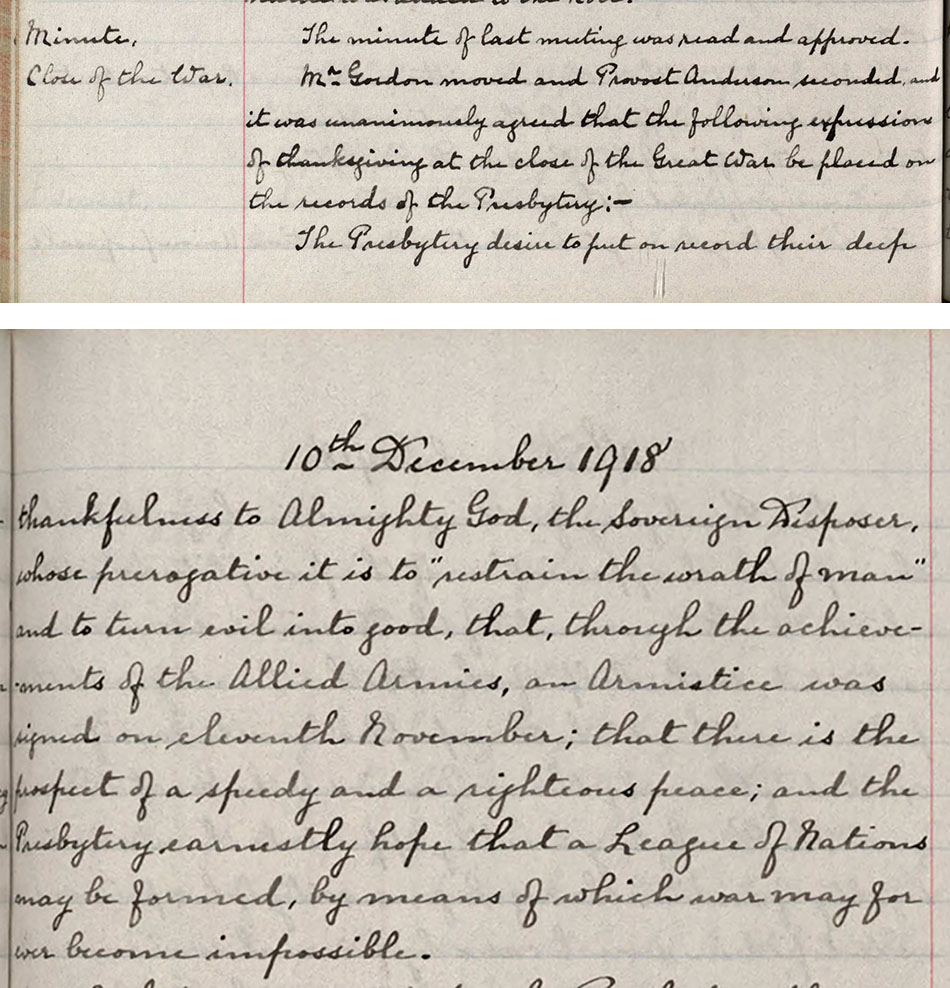
The Presbytery desire to put on record their deep
thankfulness to Almighty God, the Sovereign Disposer,
whose prerogative it is to “sustain the wrath of man”
and to turn evil into good, that, though the achieve-
ments of the Allied Armies, our Armistice was
signed on eleventh November: that there is the
prospect of a speedy and a righteous peace; and the
Presbytery earnestly hope that a League of Nations
may be formed, by means of which war may for
ever become impossible.
Personal reactions to the armistice can be found in some of the Library’s manuscripts collections. Major Wellesley Tudor Pole, while stationed in Jerusalem, in a typed diary entry (16 November 1918) recorded that
The past week has seemed like a dream. On the 11th November 1918 at 4 p.m. the news of the Armistice reached me as I was sitting in my office at the Savoy.
So far as outward demonstrations were concerned nothing happened in Cairo. Certainly a few flags were flown, windows were smashed and canteens burnt down, but there were no guns, no bells, no apparent rejoicings. I gave a dinner to my staff […] [his dinner speech begins]
“Many of you do not at present realise that we stand at perhaps the most remarkable point in the history of the world…”
Sixth baronet of Balcaskie, Sir Ralph William Anstruther, records in his diary his thoughts on the end of the War in November 1918:
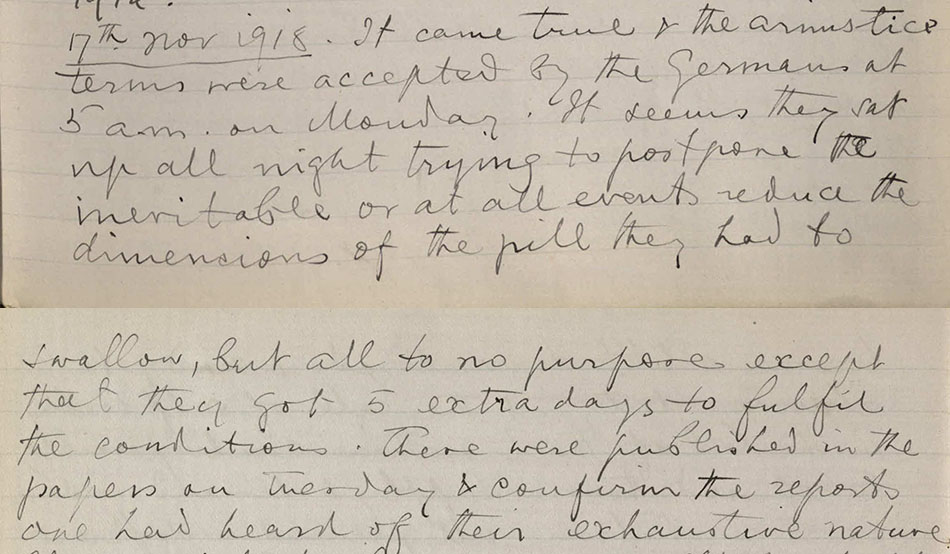
17th Nov 1918. It came time & the armistice
terms were accepted by the Germans at
5am on Monday. It seems they sat
up all night trying to postpone the
inevitable or at all events reduce the
dimensions of the pill they had to
swallow, but all to no purpose except
that they got 5 extra days to fulfil
the conditions. There were published in the
papers on Tuesday to confirm the reports
one had heard of their exhaustive nature.
[…]I was in Cupar for a meeting of the
Disabled Soldiers Committee when the
news came along. Great rejoicings
& satisfaction, flags hung out & bells
rung. But a sober & almost deprecating
spirit with it all. Non nobis Domine
must be our governing feeling, thinking
first of the appalling risks we ran
escaping by the skin of our teeth, & not
less of the incalculable loss & sorrow
Sir Ralph Anstruther’s comments are particularly poignant in light of the fact that his only son, Captain Robert Edward Anstruther (1890-1921), was to die in 1921 as a result of the injuries he sustained in action in 1914 and 1917.
- msdep121/8/3/7/1/8
- msdep121/8/3/7/1/8
- msdep121/8/3/7/1/8
In a letter on Armistice Day, Aunt Gwen expresses to Mary Rosamund Anstruther (the daughter of Sir Ralph Anstruther’s cousin) her joy at the end of the war:
Dearest Rosamund – […]
– How wonderful it has
all been – it would seem almost a miracle
did one not remember – “not by Right, nor Might
but by Power,” it has come to pass – How God
has brought us the peace – after the months &
months of prayer – […]We had such a lovely
service at S. Luke’s this evening. The Vicar gave
such a beautiful address – First he spoke of
the two most memorable days in the World’s
history – August 1914 – when we entered [] into
the sorrow & the dreariness – yet still full of hope,
& Nov 11 – 1918 -, when hope became reality, & God
gave his people the blessing of peace, “ but
let us not forget the price we have had to
pay – those noble devoted sons, who gave
themselves, & their lives, to save the world […]
Tomorrow, in the second part of this post, we will look at how the 1918 armistice and those lost in the War have been remembered since 1918.
Sarah Rodriguez
Principal Archives Assistant

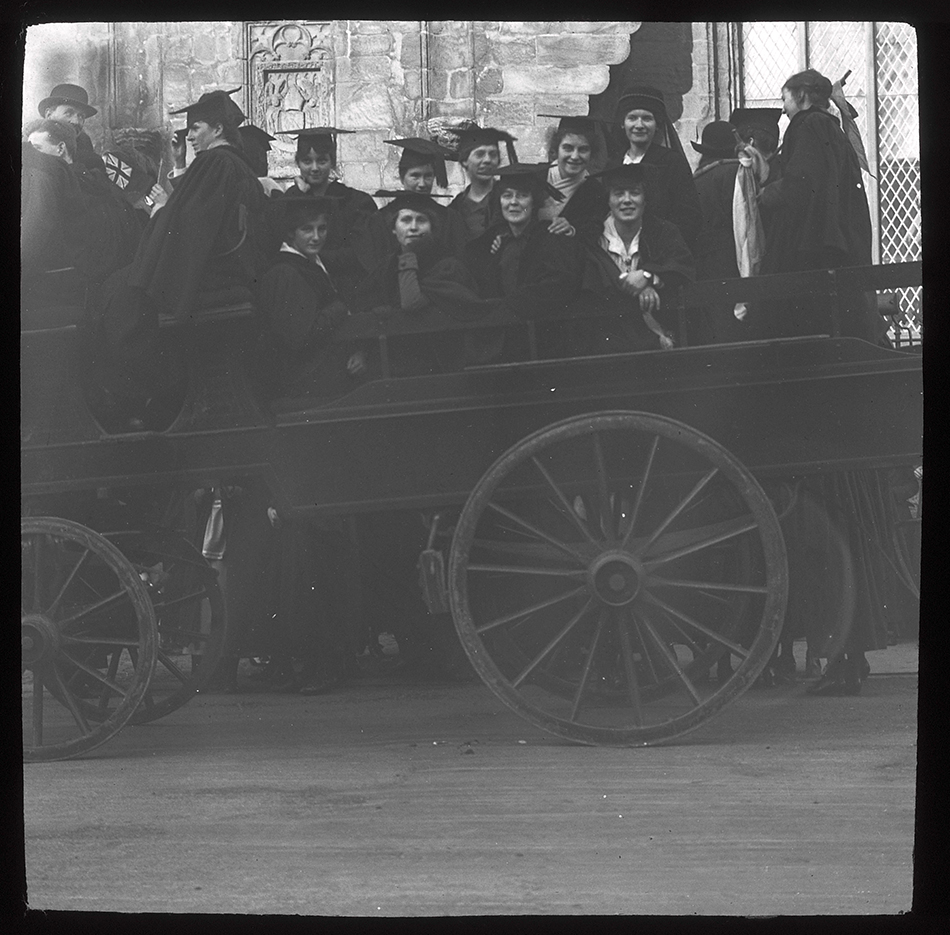
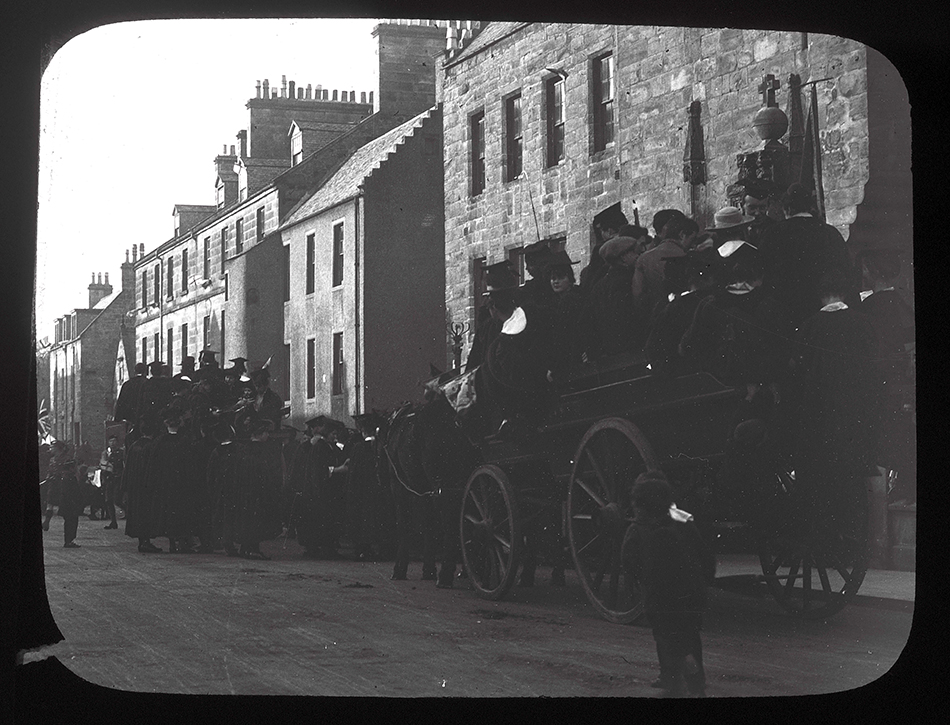
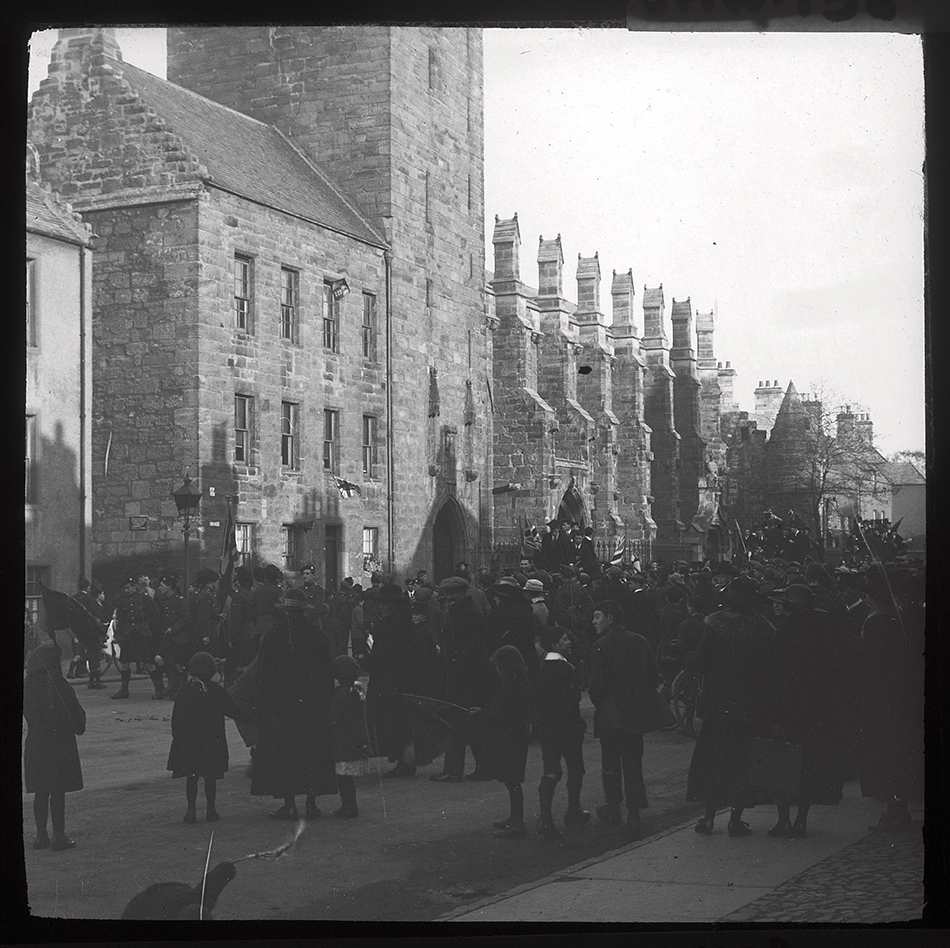
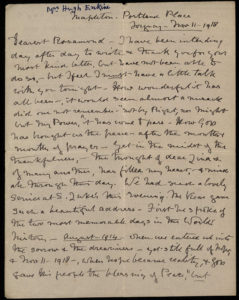
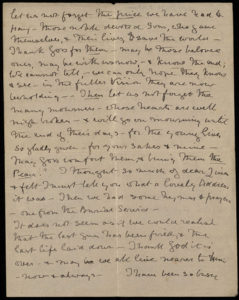
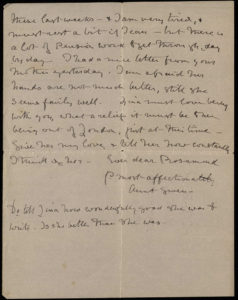
Thanks, so much, for this post. The response to the end of this bloody and brutal war that took so many lives must have been joyous, but also filled with relief and tempered with sadness. I live in Florence, Italy and am a member of St Mark's English Church (Anglican). This Remembrance Sunday we will be remembering all those who lost their lives with a service at the church and also at Girone Commonwealth War Cemetery. Looking forward to your next post.